Today’s #kanji is 得, which is listed under its semantic element of #ぎょうにんべん(彳). The right hand side of its original form was apparently made of 見 and 寸.
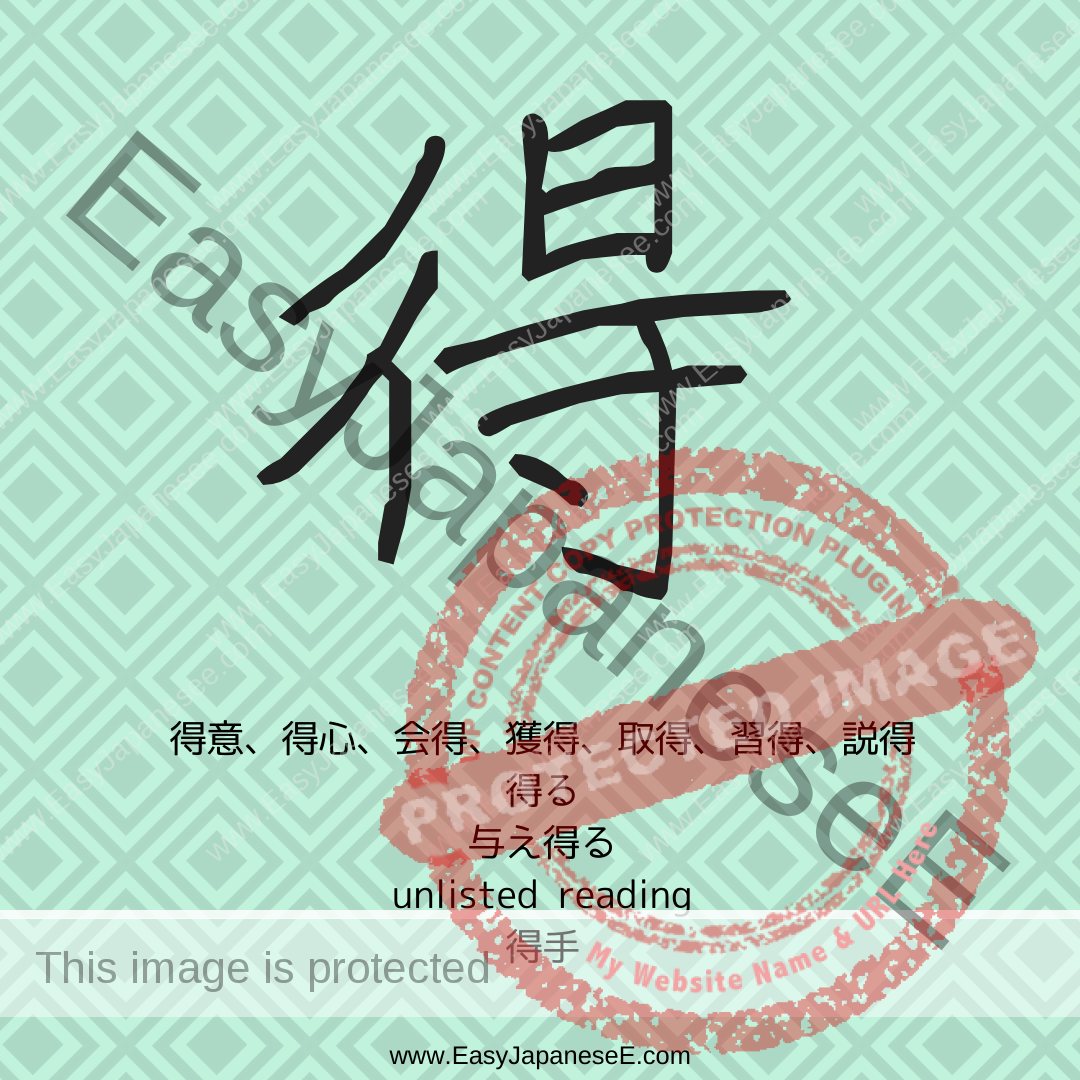

Today’s #kanji is 得, which is listed under its semantic element of #ぎょうにんべん(彳). The right hand side of its original form was apparently made of 見 and 寸.

Today’s #kanji is 御, which is a compound ideograph made of ぎょうにんべん(彳、going forward) and 卸 (letting the horse go after stopping a horse drawn cart).
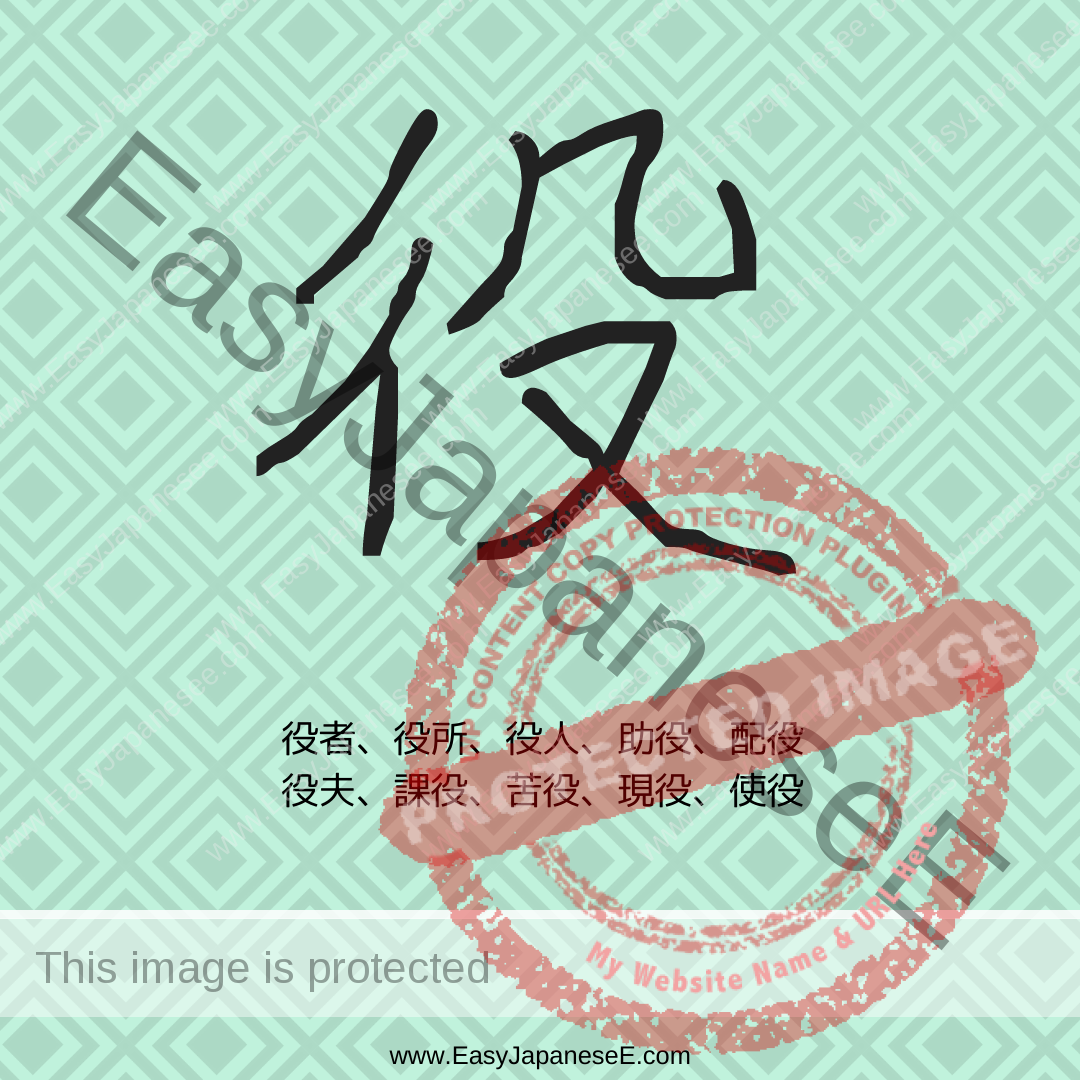
Today’s #kanji is #役. It is listed under its semantic element of #ぎょうにんべん(彳). Its phonetic element is 殳 though 役 and 殳 do not share a sound in Japanese.
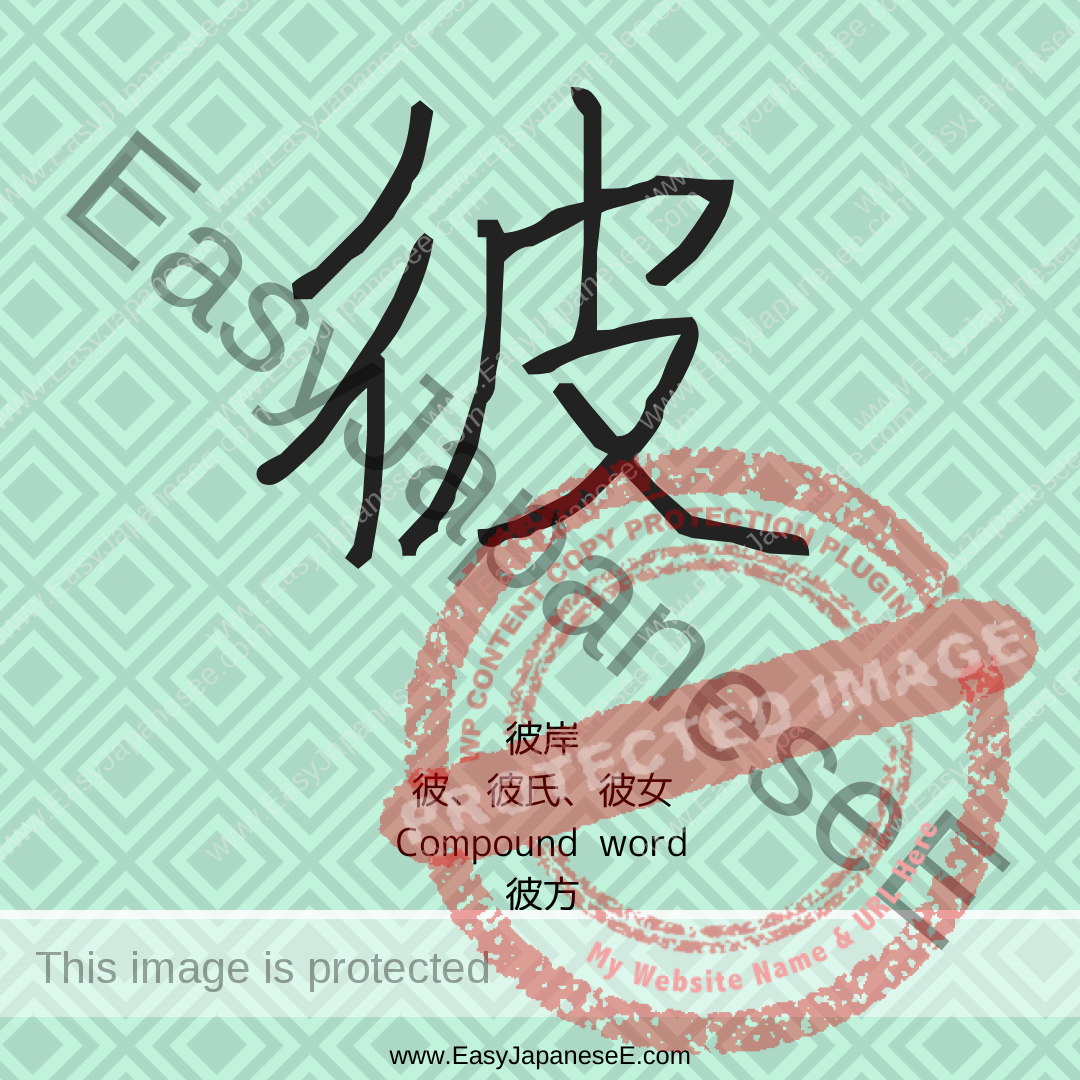
Today’s #kanji is #彼, which is listed under its semantic element of #ぎょうにんべん(彳) and that has the meaning of “going.” Its phonetic element is 皮, which means “skin.”
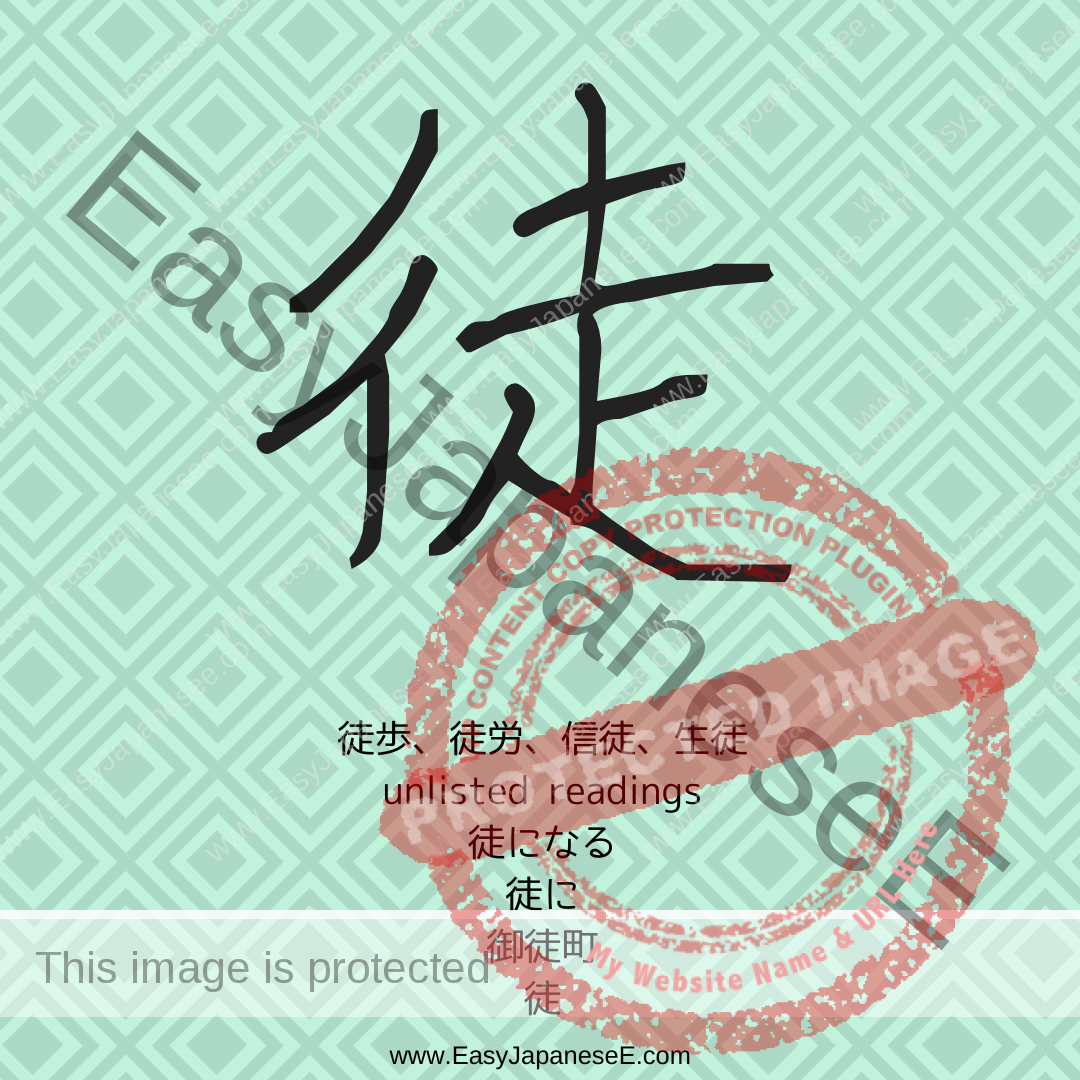
Today’s #kanji is #徒, which is listed under the radical of #ぎょうにんべん(彳). But according to my 大修館書店漢和辞典, its made of #しんにょう and 土. Do you know what 徒 means then?
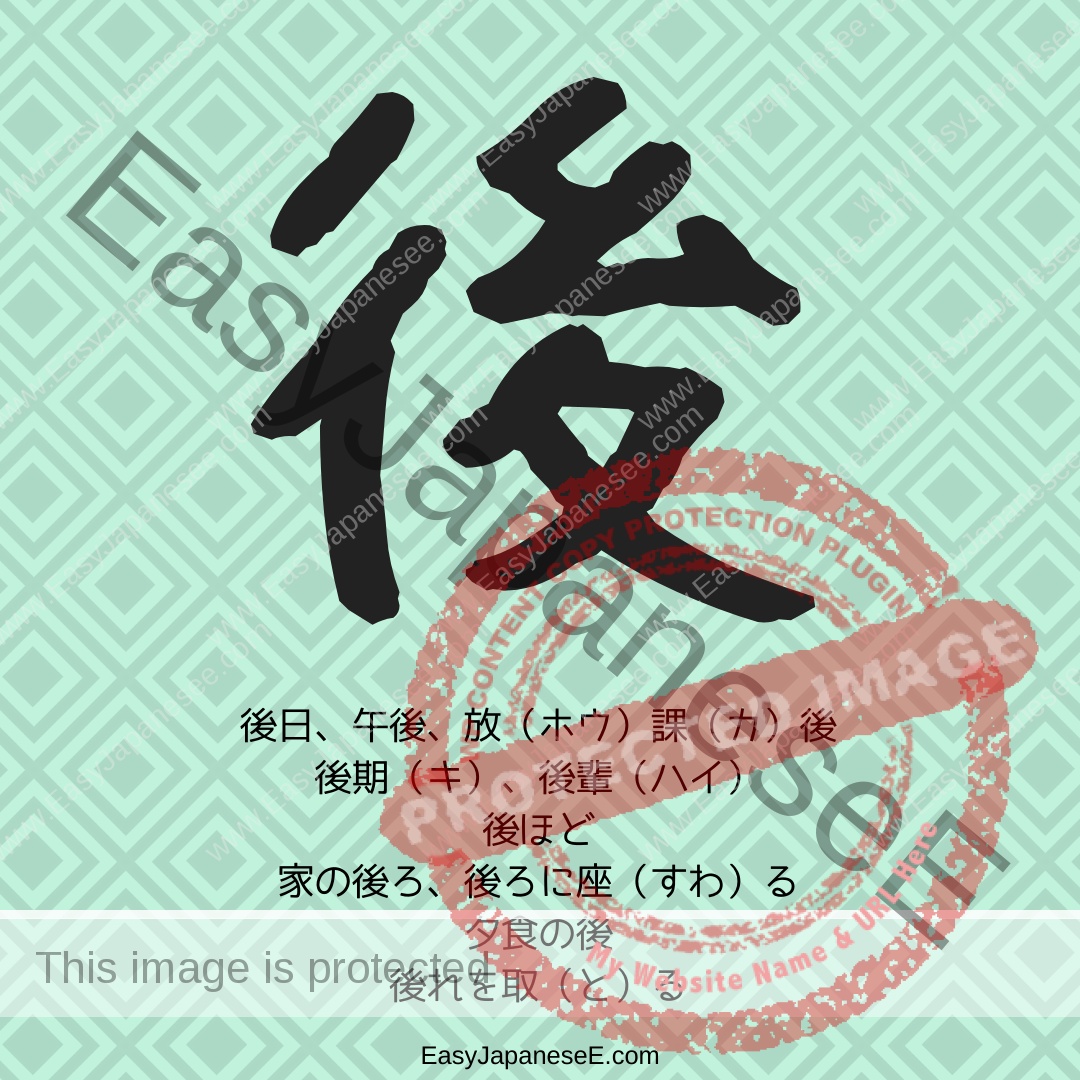
Today’s second #kanji is #後, which is made of #ぎょうにんべん(彳)+ 幺 (young) + 夂 (to delay) and its original meaning…
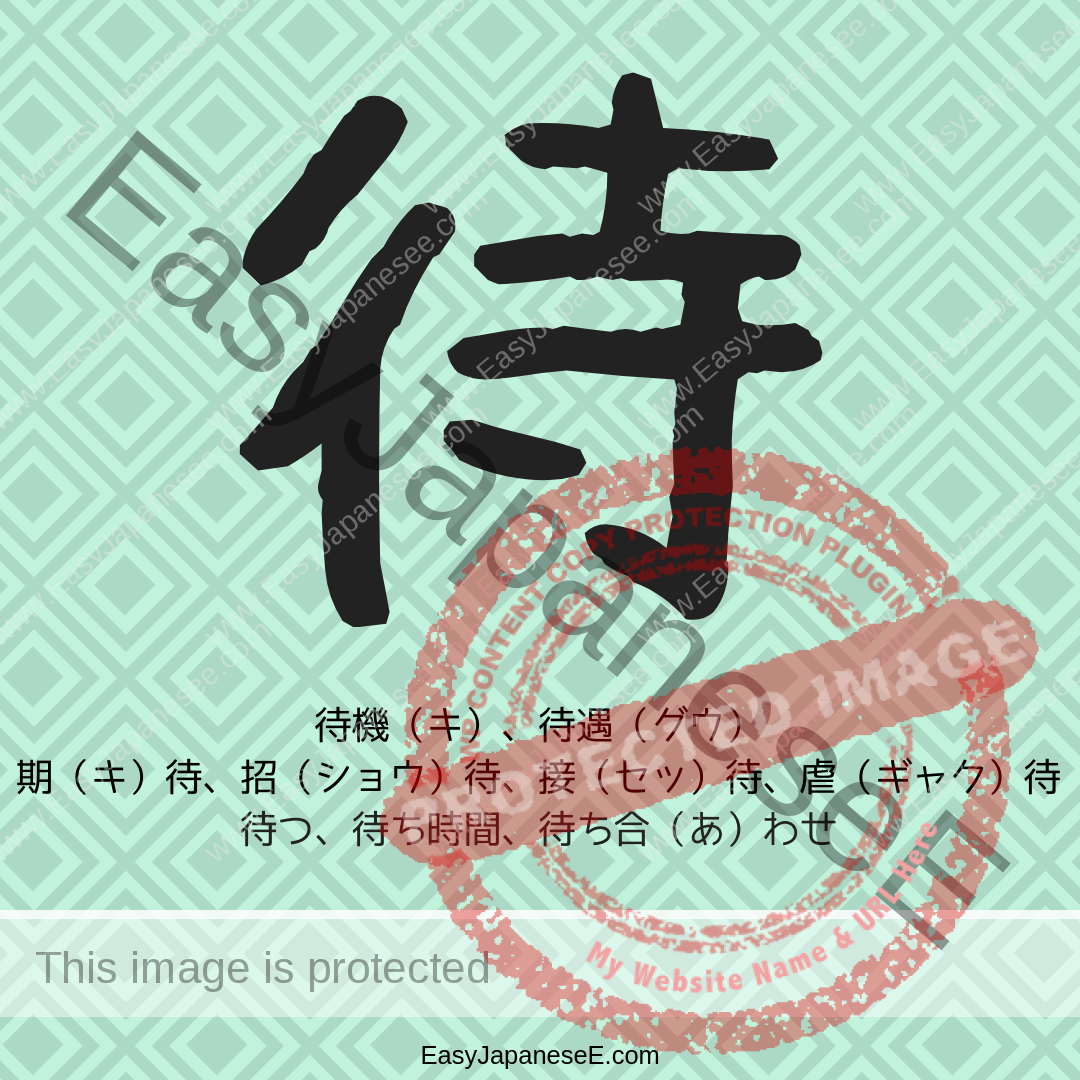
待 is made of #ぎょうにんべん(彳) and 寺. 彳 indicates “going” and “walking.” So picture a boy walking back and forth in a 寺, waiting for his girlfriend to come!
